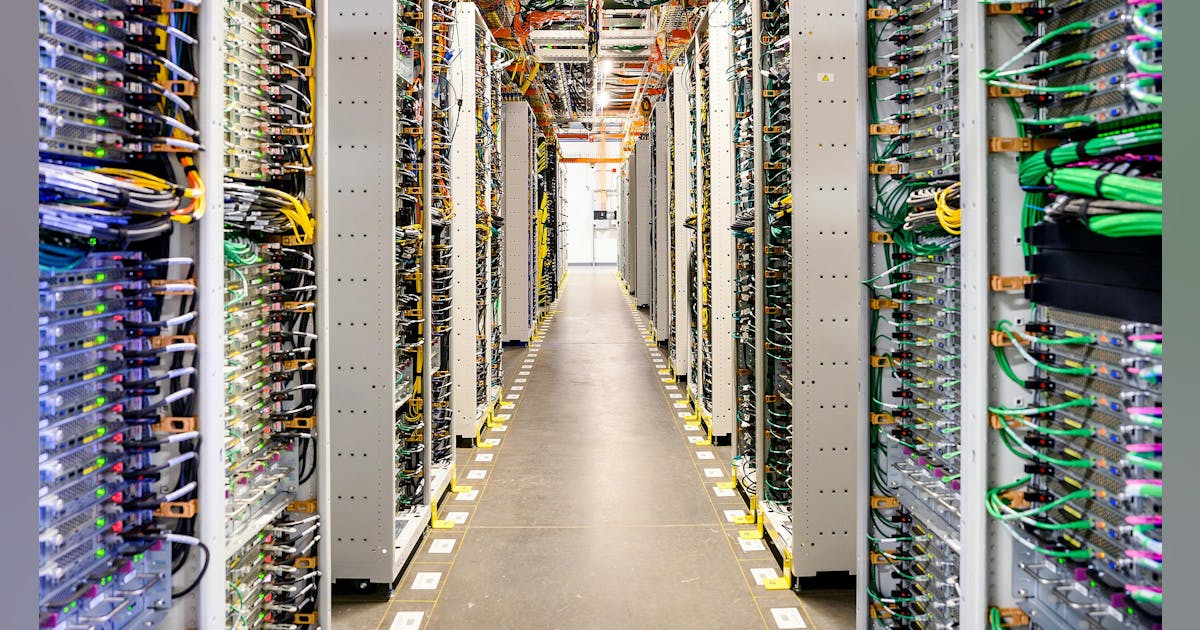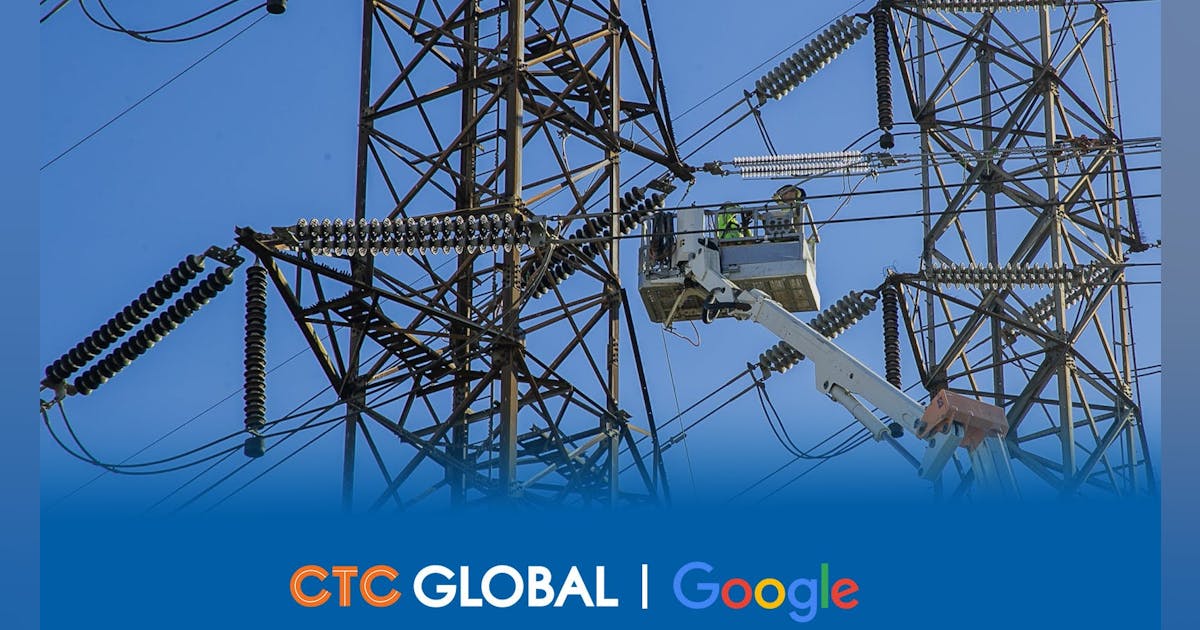Artificial Intelligence is fundamentally changing the way data centers are architected, with a particular focus on the demands placed on internal fiber and communications infrastructure. While much attention is paid to the fiber connections between data centers or to end-users, the real transformation is happening inside the data center itself, where AI workloads are driving unprecedented requirements for bandwidth, low latency, and scalable networking. Network Segmentation and Specialization Inside the modern AI data center, the once-uniform network is giving way to a carefully divided architecture that reflects the growing divergence between conventional cloud services and the voracious needs of AI. Where a single, all-purpose network once sufficed, operators now deploy two distinct fabrics, each engineered for its own unique mission. The front-end network remains the familiar backbone for external user interactions and traditional cloud applications. Here, Ethernet still reigns, with server-to-leaf links running at 25 to 50 gigabits per second and spine connections scaling to 100 Gbps. Traffic is primarily north-south, moving data between users and the servers that power web services, storage, and enterprise applications. This is the network most people still imagine when they think of a data center: robust, versatile, and built for the demands of the internet age. But behind this familiar façade, a new, far more specialized network has emerged, dedicated entirely to the demands of GPU-driven AI workloads. In this backend, the rules are rewritten. Port speeds soar to 400 or even 800 gigabits per second per GPU, and latency is measured in sub-microseconds. The traffic pattern shifts decisively east-west, as servers and GPUs communicate in parallel, exchanging vast datasets at blistering speeds to train and run sophisticated AI models. The design of this network is anything but conventional: fat-tree or hypercube topologies ensure that no single link becomes a bottleneck, allowing thousands of




















